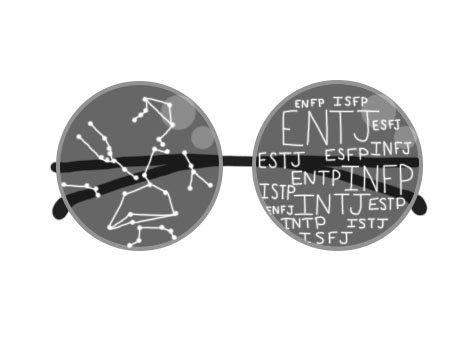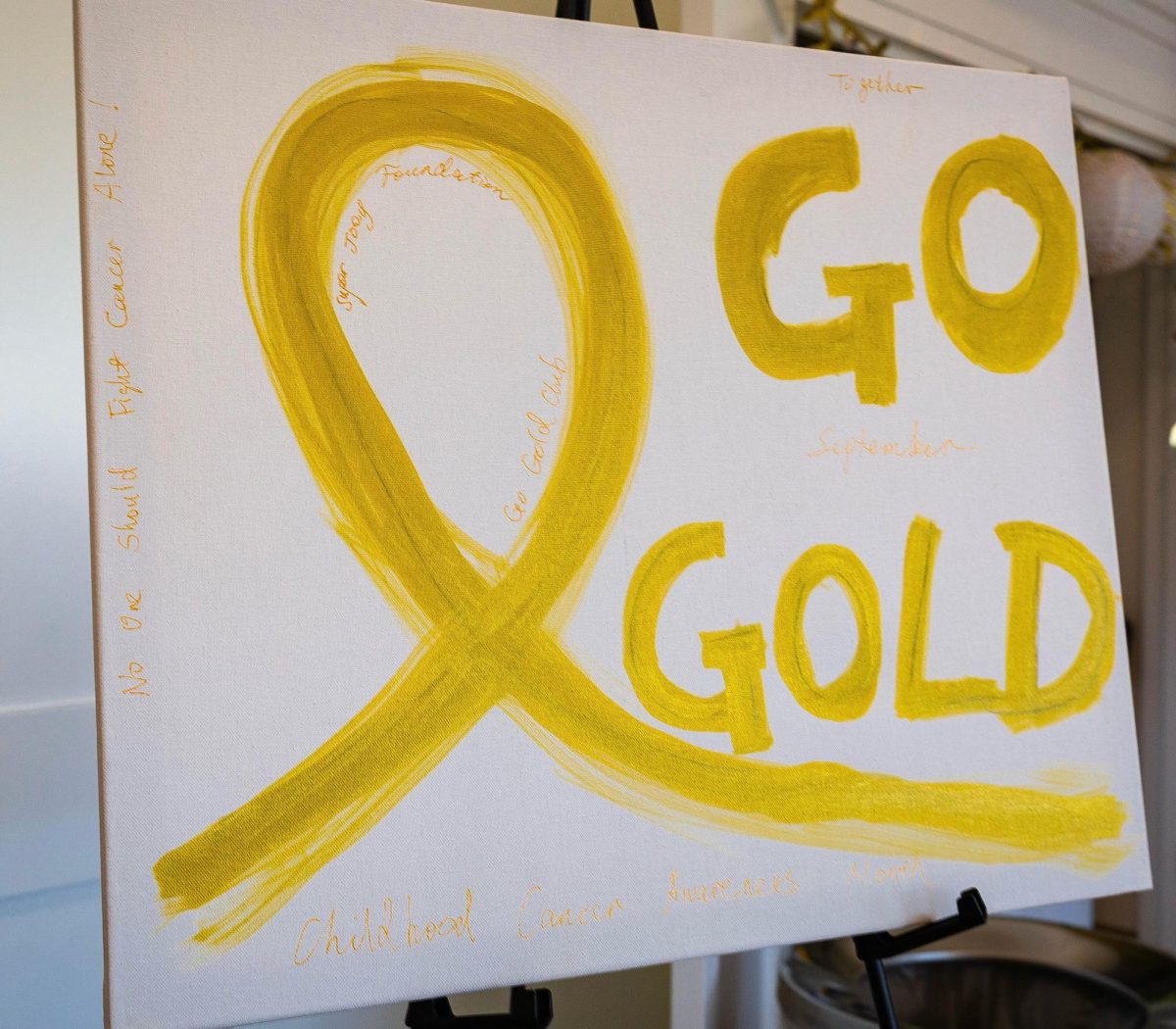How personality quizzes create a false sense of identity
Paisley Kandler ’22
Identity is something many people, especially teens, struggle with. Questions such as: Who am I? What are my defining character traits, and are they going to help me through life? arise often among adolescents. This is certainly not a new phenomenon, but the internet has helped along another facet of identity: personality tests and websites. While often fun in spirit with lighthearted intent, many are geared to be misleading.
In 1949, a psychologist known as Bertram R. Forer gave a generalized list of personality traits out to his college students and told each of his pupils that it represented them. The students were told to rank the accuracy of the statements from 1 (not at all) to 5 (completely like me), and the class average was 4.26. The Forer Effect is also known as the Barnum Effect, whose namesake (P.T. Barnum of Barnum and Bailey Circus) is quoted to have said, “A sucker is born every minute.” That mentality is what makes these quizzes dangerous. These tests, based on anything from how well you work with others to even the stars, can be misleading in varying degrees.
One of the most wide-spread examples of the Barnum Effect is astrology. The basic principle of astrology, or horoscopes, is that everyone is born under one of 12 star signs, depending on when in the year a person is born (e.g. those born between Jul. 22 and Aug. 21 are Leos).
Traits are associated with each sign to determine a personality.
Personality, however, isn’t the only thing connected through astrology; the point of astrology is to reveal not only one’s identity, but which sign they are most compatible to fall in love with. They also state what each sign’s lucky planet, color and gemstone are.
To many, this may seem ridiculous. Why would anyone believe in something with no scientific basis, that states that the way people are is centered around their birthday?
However, one must take into account that many lack skepticism due to all of these horoscope signs having only positive traits assigned to them and those traits being very vague. Like Forer’s experiment, people are more likely to read between the lines to find the few traits that embody them and assume the rest do as well.
For instance, someone with a Pisces sign (described as kind, sensitive, creative, imaginative, easygoing) may believe their results due to their lack of specificity. The individual may relate to one or two of these, and due to the vagueness, lump all five traits together.
All of the signs are akin to this. The true ambiguity of astrology is what propels it forward and keeps reality at bay for many.
Part of the problem is also how horoscopes are used today. Instead of tracing the culture of modern horoscopes back to their roots in Mesopotamian and Greek star-reading, the history is completely disregarded in order to create publicity on social media for unassuming adolescents and adults. While the tests are inherently false, it is only made worse by how the original traditions of Western astrology have faded.
Another prime example of the false identity given through quizzes is the Myers-Briggs Type Indicator, or MBTI.
The test was created in 1943 by a mother-daughter team, Katherine Cook-Briggs and Isabel Briggs-Myers. It was made in the hopes to understand everyone’s personalities by using the theory that there are 16 types of personalities. The basis for this test came from Carl Jung, a Swiss psychologist, who had a theory that there are a set amount of psychological personality types, but Cook-Briggs and Briggs-Myerstwisted his words to suit their test.
The test is defined by a combination of four letters: an E or an I for extroversion/introversion, an N or an S for intuition/sensing, a T or an F for thinking/feeling and a J or a P for judging/perceiving. For instance, if one has the letters ENTJ, it means that that person is extroverted, is intuitive, is not very emotional and assesses situations.
It would seem an ideal way to sort people, and many companies use this test to reveal how their workers will interact and achieve in the office setting. Even our school makes some of its classes use it for Human Development and learning about self-identity.
However, the MBTI test has little more than the validity of the horoscope mentioned above, and for two reasons.
To begin, the tests utilize the Barnum Effect in its fullest. Most of the tests assign only positive traits. While some have negative traits, they are often vague and can encompass half of the potential results.
The second issue with the MBTI test is that it works on a binary system. For example, if someone takes the test and gets that they’re more Feeling than Thinking, it’s very unlikely that they’re 100% more emotional than rational- but that’s what the test implies. The test polarises results, assuming that everyone is an extreme.
While the Myers-Briggs Type Indicator may have a more convincing disguise than a horoscope reading, in the end it’s made of the same non-factual and vague basis.
There is no doubt that reading horoscopes and taking tests like the MBTI (and many more) are fun. However, among their intended audience, they can be turned harmful should a teen obsess over their results. No teenager should decide that their life and “fate” is decided by a couple of convincing, yet false, internet fads designed to do just so.




